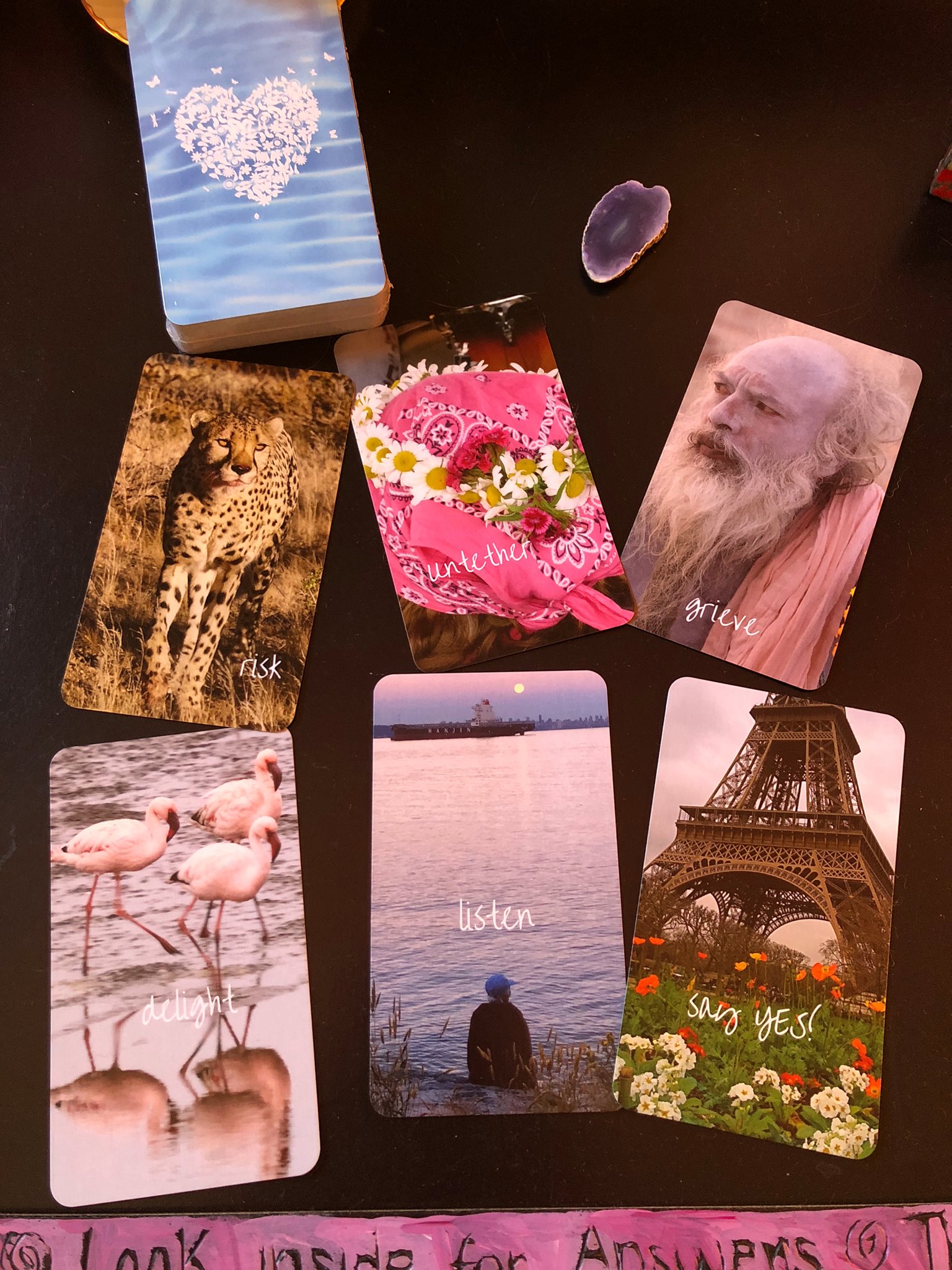On Writing, Travel, & Omo Child
 Friday, February 9, 2018 at 12:56 PM
Friday, February 9, 2018 at 12:56 PM by Kayce Stevens Hughlett
“I am not the same, having seen the moon shine on the other side of the world.” – Mary Anne Radmacher
Mother & Child of the Mursi TribeIt feels like I’ve been away from writing for a long time, but when I pause and think about it I realize that I’ve filled two handwritten journals since the beginning of the year and spent the last weeks of 2017 putting the polishing touches on my memoir SoulStroller: experiencing the weight, whispers, and wings of the world. (Release date November 1, 2018 WriteLife Publishing). Evidently, it’s the blog I’ve been away from, not writing.
I worked on SoulStroller a long time—a really long time. And now it’s done. The arc polished, the content pared and perfected, with only the final copy edit awaiting my approval and signature. Done. Finished. Complete. Now what?
Omo Child SelfieWhat do I do since there’s no partially finished manuscript whispering to me from the corner of my desk? Do I take a break or pick up the novel sequel to Blue that I began writing in November? One week ago I returned from almost a month in Ethiopia and South Africa and my jet-lagged brain tells me there are tales to be told and stories to be written.
While having coffee with a friend this week, I shared my encounter with a live guinea fowl who was holding court on an open-air coffee table in Lalibela, Ethiopia. Fiction or non-fiction? It could go either way.
 Future Doctors, Teachers, & Writers @ Omo ChildThen there’s the heart-wrenching story of the children I met in Jinka, Ethiopia at Omo Child, the organization that saves the lives of children whose existence is threatened by tribal superstitions. Mingi children are said to be a curse to the village in which they reside, bringing drought and disease. I learned that there are three types of mingi: 1) “woman mingi” where a child is born in a marriage not blessed by elders, 2) “girl mingi” occurs when a woman/girl becomes pregnant and delivers out of wedlock, 3) “tooth mingi” that says if a child’s top teeth appear before the lower teeth the child is cursed and must be killed. Yes. You read that right.
Future Doctors, Teachers, & Writers @ Omo ChildThen there’s the heart-wrenching story of the children I met in Jinka, Ethiopia at Omo Child, the organization that saves the lives of children whose existence is threatened by tribal superstitions. Mingi children are said to be a curse to the village in which they reside, bringing drought and disease. I learned that there are three types of mingi: 1) “woman mingi” where a child is born in a marriage not blessed by elders, 2) “girl mingi” occurs when a woman/girl becomes pregnant and delivers out of wedlock, 3) “tooth mingi” that says if a child’s top teeth appear before the lower teeth the child is cursed and must be killed. Yes. You read that right.
In Kara, Bena, and Hamer villages where mingi is still practiced, infants and toddlers are wrenched from their mother’s arms or stolen during the night and either drowned in the Omo River or carried into the desert to die. It’s horrific and unthinkable! Fortunately there are brave souls like the founders of Omo Child who are fighting to abolish this barbaric practice.
 Kara Mother & Child @ the Omo RiverIt’s surreal for me to consider, because I’ve met some of the rescued children, one’s that Omo Child saved from certain death. I’ve rolled on the floor laughing with their perfect faces, taken selfies with their toothy grins, and watched a little girl named Tensai, dressed in pink with perky pigtails, patiently and precisely write the alphabet across a blackboard in the midst of hilarity and the general chaos that 50 children and eight photographers creates.
Kara Mother & Child @ the Omo RiverIt’s surreal for me to consider, because I’ve met some of the rescued children, one’s that Omo Child saved from certain death. I’ve rolled on the floor laughing with their perfect faces, taken selfies with their toothy grins, and watched a little girl named Tensai, dressed in pink with perky pigtails, patiently and precisely write the alphabet across a blackboard in the midst of hilarity and the general chaos that 50 children and eight photographers creates.
On the flipside, I’ve ridden over Southern Ethiopian potholed roads for hours while covering a few dozen miles to visit communities where mingi has been a reality. I’ve ground grain on stones, taken photos of and sat with mother’s and grandmother’s whose faraway looks speak of loss and suffering. I’ve also joked with adolescent girls old enough to bare children and shared iPhone photos of my own precious granddaughter Violet with bare-chested women who prepared bone broth soup for a sister ill with malaria. These are not evil people. The children are not cursed. Their lives are rich and vibrant like the paint on their faces and beads around their necks.
And I, well I… am a blessed and humble writer with many more stories to tell.
To learn more about Omo Child and learn how you can help go to omochildethiopia.org/ and omochildmovie.com And come back here. I'll be sharing more as I continue to unpack my travels.
Follow me on Instagram @kaycehughlett for photos and visual stories
 Africa,
Africa,  OmoChild,
OmoChild,  SoulStrolling,
SoulStrolling,  Travel,
Travel,  Writing
Writing 




Reader Comments